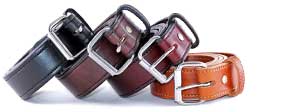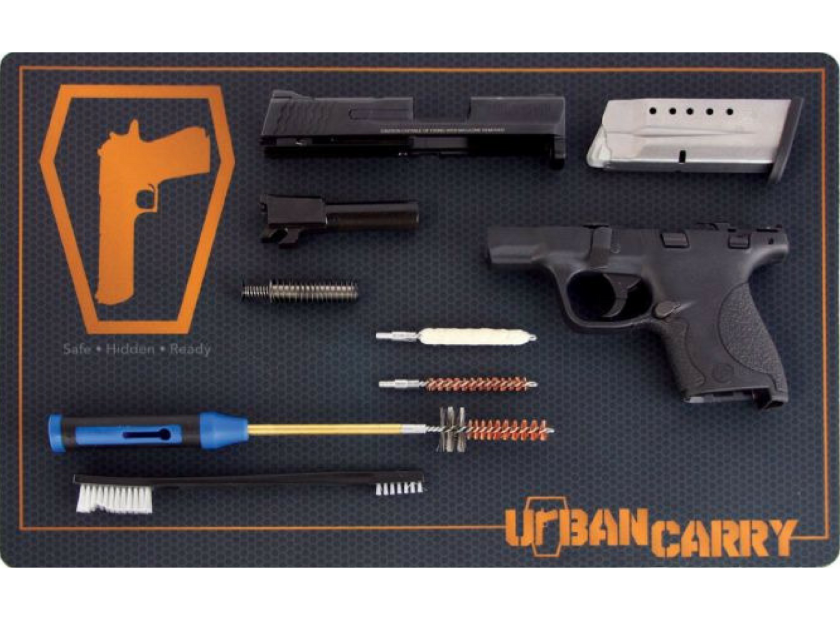Why Cleaning Your Gun Is Important
A Clean Gun is a Safe Gun
It is imperative that you keep your firearm clean. Multiple firings cause the powder residue and other grime and gases to build up in the action and on the barrel. Over time, this can affect the performance of your gun, which can become unreliable and unpredictable in terms of performance.
Since many firearm buyers purchase their guns for self-defense, it is critical that the gun operate at peak performance every time. Clean your gun as soon as possible after firing to keep it working like new.
Here are a few cleaning tips:
- Always clean your gun in a well-lit area. Needless to say, you need to see what you’re doing
- Clean your gun far away from any open flame, outdoor or indoor, and remove any ammunition from the location. Of course, make sure you unload any ammo from your gun prior to disassembling it for cleaning.
- You’ll need a few tools that are easy to find, like an old toothbrush, Qtips and some old t-shirts.
- A good cleaning kit should contain patches, a bore/chamber brush, punch rods, a cleaning solvent, and a lubricant. A bore snake tool is also handy to have around. There are quite a few cleaning products on the market that are not solvent-based, if you prefer that type of cleaner. They’re a good option because they don’t emit the strong fumes that solvents do, and if your gun has plastic parts, these cleaners are gentler on those plastics. Just remember that you should always clean your gun in a well ventilated area, regardless of the products you use.
- A wide selection of cleaning products exists on the market. Ask around and read reviews to find the best ones.
There are key areas of a gun that need to be cleaned, and they depend on the type of gun you own.
- For a semi-automatic pistol, the chamber, side rails, slide rails, feed ramp, trigger group area, and magazine well all need cleaning. These areas are typically easy to clean and typically don’t require scrubbing unless you haven’t cleaned your gun in a while; the most carbon buildup tends to be in the feed ramp and the chamber itself. Use the toothbrush to remove any caked on carbon buildup. Clean your magazines too, especially if you’ve done quite a few reloading drills; clean inside the base plate and get the follower too. Remember to never put oil in your magazines because debris will just collect and get gunked up.
- Revolvers are much easier to clean; just give the chamber, cylinder and barrel a good wipe down. Most gun experts recommend cleaning the barrel in the same direction that the bullet travels to avoid damage of the crown or muzzle. The direction doesn’t matter if you use a boresnake for cleaning, and some guns like snub-nosed revolvers can only be easily cleaned from the muzzle side. For the barrel, use a cleaning solution and barrel brush made for your caliber; pass it through several times, then use a cleaning rod with a patch until the patches come out clean. When you’re done, look down the barrel to inspect the clean lands and groves.
Put your gun back together and perform a function check after you’re done with the cleaning. For a semi-automatic, cycle your slide and pull the trigger. Check the striker release, hammer fall, and reset for proper function.
To check the feed, extraction and eject, use dummy rounds or snap caps. After all testing is done, wipe your firearm down with a few drops of oil on a cloth, but don’t use too much because you don’t want your firearm to be slippery to handle.
Keeping a gun clean improves its useful life and can make it last for decades. Guns that are not cleaned deteriorate fairly rapidly, so if you want to sell your gun, this will greatly lessen its value on the market. Setting time aside for cleaning is definitely worth it—a little maintenance goes a long way.
See all of our cleaning videos on our YouTube channel and subscribe for regular videos!






